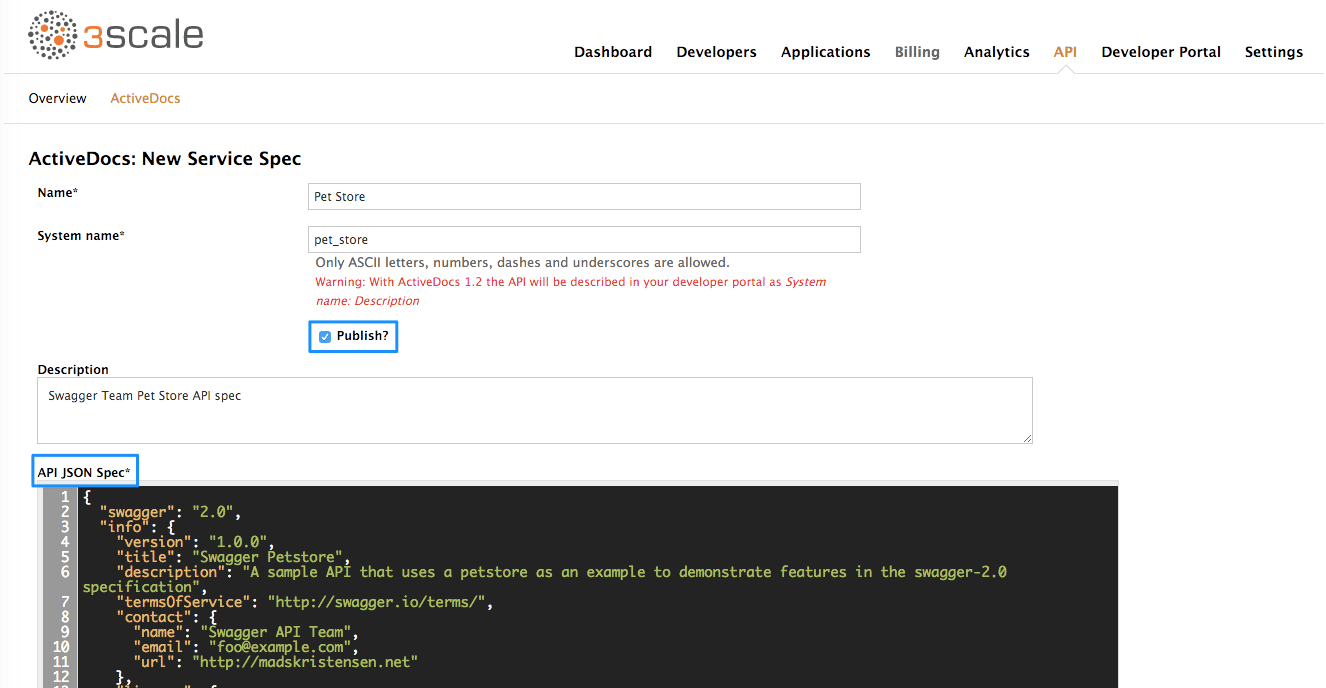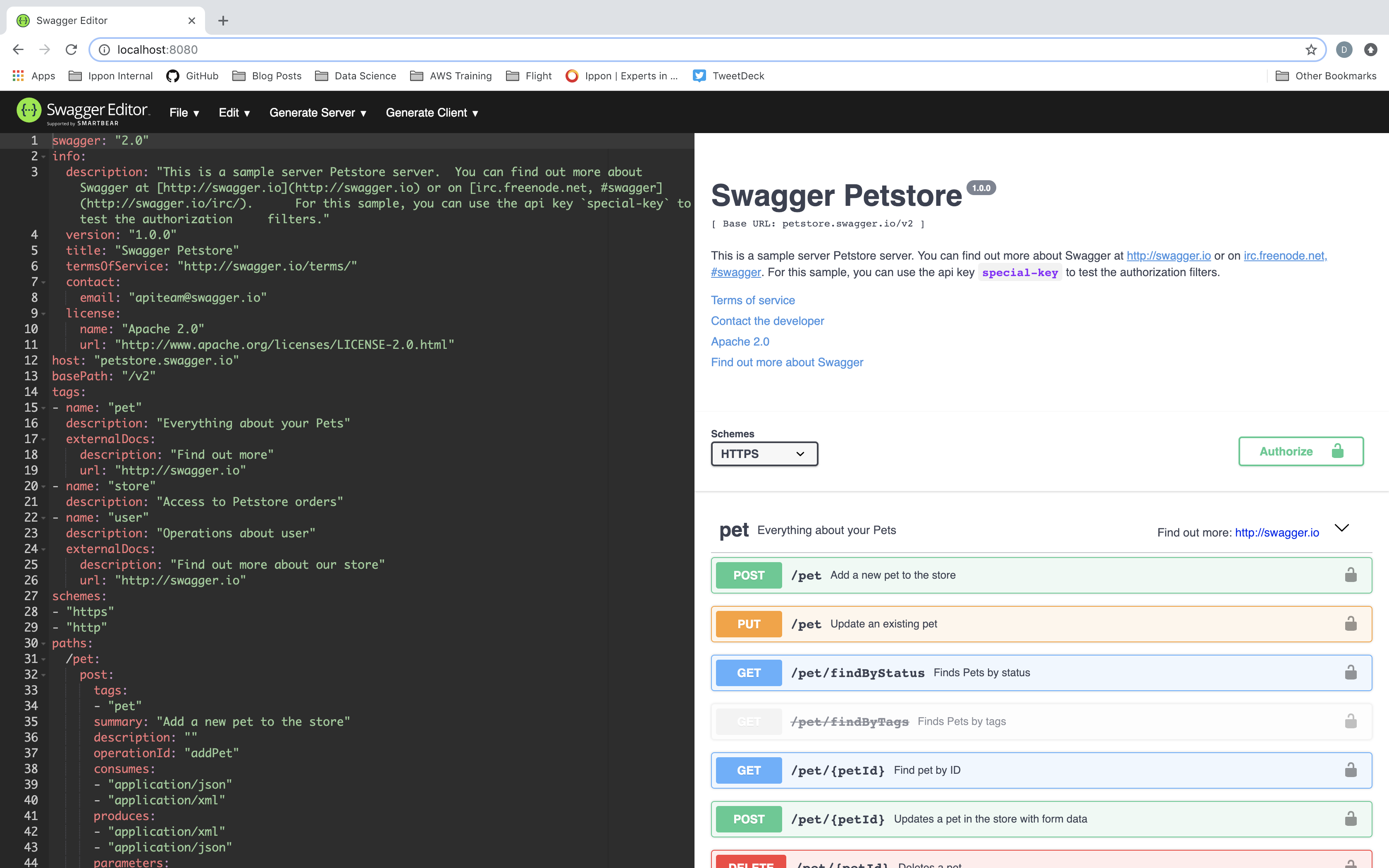

In other words, using the Swagger Editor is not entirely satisfying.


Swagger editor issue tracking download#
If the specification was in a local file, you have to ensure the download overwrites that local file. If the specification was in a remote location such as a Github repository, you then have the problem of updating that repository. You can Download the new specification as either YAML or JSON. Once you're done editing comes a problem - incorporating the specification file back into your project area. It supports importing either from a local file, or from a URL. To edit your own API specification you must first import the specification file. The image above shows the online Editor browsing the Petstore sample application. It's possible to run the Editor online with no setup on your part at With it you can easily explore what you've done, and directly determine if your intent is matched by the code.
Swagger editor issue tracking code#
As you edit an OpenAPI specification, it interactively verifies the code and gives you errors and warnings, while showing you a very nice constantly updated summary of the API you're creating. Select the Edit Item check box in the Template Editor dialog.) is very cool. You can click the ellipsis button and select the needed item type in the Select Item Type dialog.Ī template can create a new or edit an existing item in the selected issue-tracking system. Specify the item type in the Item Type edit box. To select the project, click the ellipsis button in the Project edit box and select the needed project in the Select Project dialog. If another user logs in to your computer and launches TestExecute, they will have to create the connection in order to make the template valid.Ĭhoose the project to which the item will be added or to which the item belongs (if you are going to edit item fields). The connection settings are specific to your user account. That is, if you or your colleague opens the project on another computer, you will have to create the connection on that computer (if the connection does not exist). TestExecute stores the connection settings on the computer where the connection was created.

TestExecute will close the Connection Manager and show the connection name in the Connection field of the Template Editor dialog. Choose the desired connection in the list and click OK. Once you create a connection to the desired database, TestExecute will display the connection in the Connection Manager. To create a connection, click Add and then follow the instructions in the Connection Wizard. You can either select an existing connection from the list or create a new connection. TestExecute will display the Connection Manager dialog that lists the existing connections to issue-tracking databases: Another good guideline is to start method names with a verb.Ĭlick the ellipsis button to the right of the Connection edit box. For instance, the name CreateBugReportInMyProject is more informative and than just BugReport. This will make it easier for other testers working with your project to use the template you created. We recommend that you make the names descriptive. The template name should not coincide with the name of another template, since the IssueTracking object cannot contain two methods having the same name. The naming rules used in the scripting languages supported by TestExecute may slightly differ, so, in order for the method name to comply with the naming rules of any scripting language, use only alphanumeric and underscore characters in it and start the name with a letter. So, the template name must be a valid identifier for the scripting language used in your project. The template name will be used as the name of the script method that will create or edit an item. In the Template editor, specify the template name and description in the Name and Description edit fields.


 0 kommentar(er)
0 kommentar(er)
